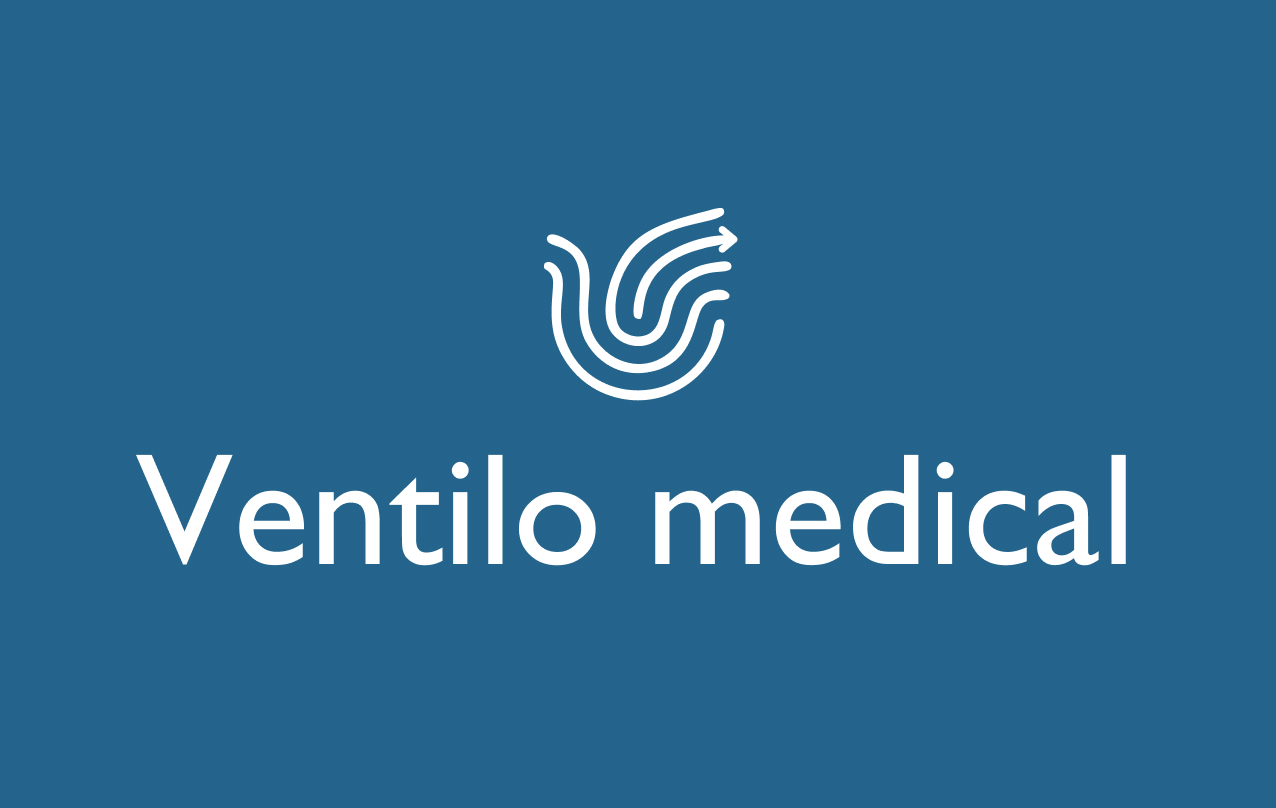Through a collaboration with Ventilo Medical, HTC, ASTUTE and WCPC, we explored innovative processes to design a ‘Trauma Tube’

In a trauma situation, when transporting a patient, an endotracheal tube (ETT) needs to be secured in place using tape tied to the tube and then wrapped around the back of the patient’s head. This can potentially restrict the airflow and pull the patient’s face inwards, risking further trauma to the patient. It is also difficult to tie a wet tube (saliva, vomit, blood etc).
Through a collaboration with Ventilo Medical, HTC, ASTUTE and WCPC, we explored innovative processes to design a ‘Trauma Tube’ to overcome these barriers.
The initial concept of the trauma tube was to be used in short-term emergencies, such as transferring a patient from point of trauma to the hospital. The tube should reduce the risk of the ETT becoming displaced and the solution needed to be more viable and cost-effective than ETT holding devices or clamps. This collaboration evaluated an initial trauma tube design, as well as, developed and validated new process methods and prototypes.
Gary Swattridge, Managing Director, Ventilo Medical:
“This project would not have taken place if it were not for the Healthcare Technology Centre and AgorIP, as the expertise of the organisation is crucial. With the right support, I have developed a product that can help make the already extremely difficult task of intubation safer for patients”.
This project is part of the Accelerate programme which is part-funded by the European Regional Development fund, through Welsh Government.

